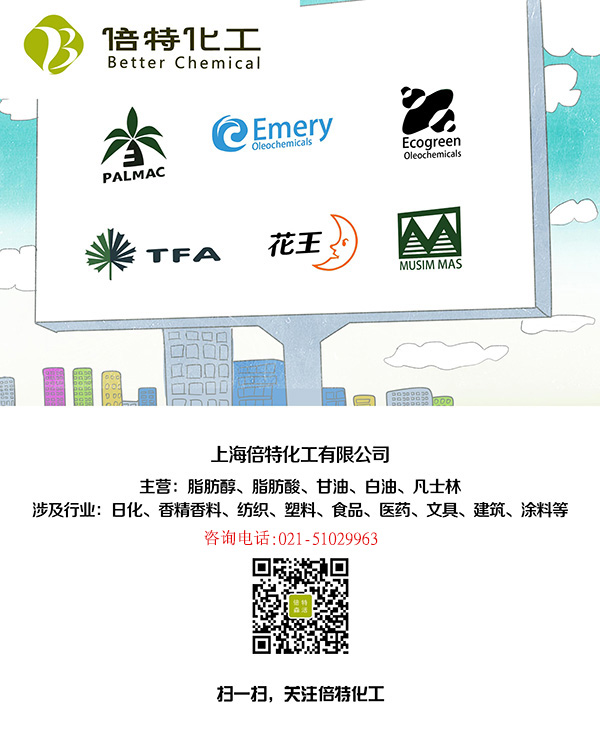
Antioxidant 168 is an excellent phosphite antioxidant. It appears as a white powder and is easily soluble. It is slightly soluble in benzene, chloroform, cyclohexane and other organic solvents, slightly soluble in ethanol and acetone, insoluble in water, alcohol and other polar solvents, and slightly soluble in esters. It has low toxicity, low volatility, high thermal stability, and excellent hydrolysis resistance. It can effectively decompose hydroperoxides generated during the thermal processing of polymeric materials.
Antioxidant 1010 is in the form of white powder, odorless and tasteless. The melting point is 110℃-125℃ and its properties are stable. Easily soluble in solvents such as benzene, acetone and ester, insoluble in water and slightly soluble in ethanol. This product is pollution-free, has good heat and water resistance, and good compatibility. Used together with antioxidants AT-168, DLTDP, etc., it can exert a synergistic effect and improve the oxidation effect.
The difference between Antioxidant 168 and Antioxidant 1010 is as follows:
Antioxidant 1010 is a multi-component hindered phenolic antioxidant, which is similar to large Most polymers have good compatibility. It has good protection against discoloration caused by light and heat. Widely used in PE, PP, PS, polyamide, polyformaldehyde, ABS resin, PVC, synthetic rubber and other polymer materials. Also used to prevent thermal and oxidative aging of greases and coatings.
Antioxidant 168 is an auxiliary antioxidant. It is a phosphite antioxidant with excellent performance. It has strong extraction resistance, is stable against hydrolysis, and can significantly improve the light stability of products. , can be used in combination with a variety of phenolic antioxidants. Such as the compound of antioxidant 168 and phenolic antioxidant 1790. The combined use of phosphite and phenolic antioxidants can give full play to the synergistic effect. The phosphite in the component is an auxiliary antioxidant and cannot play a long-term stabilizing effect. However, after compounding with hindered phenol, it has obtained Better compounding effect, can be used in a variety of polymers.




 微信扫一扫打赏
微信扫一扫打赏
